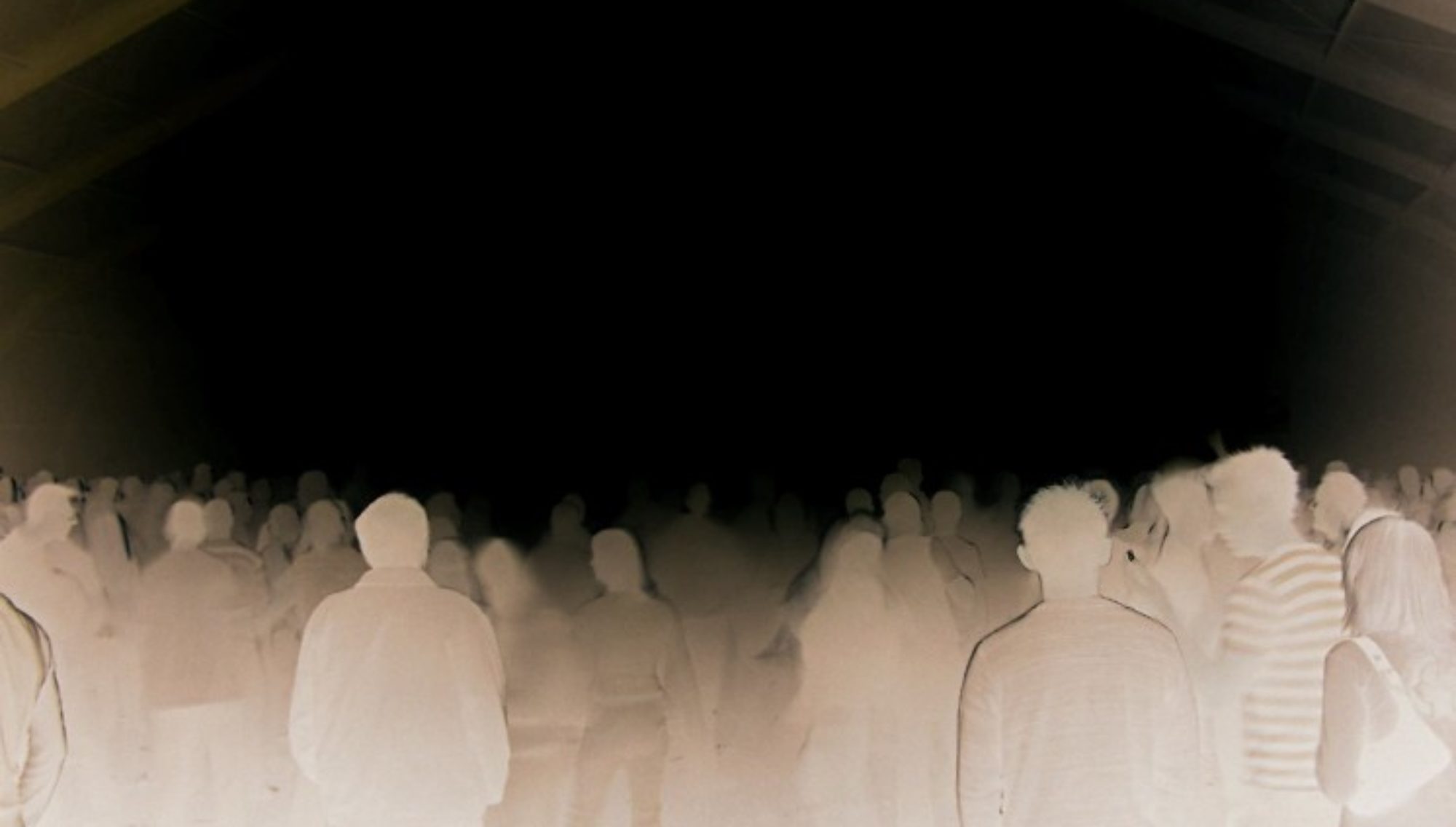SynchroMystic guru Loren Coleman credited author and filmmaker Jake Kotze with having coined the term “synchromysticism.” Coleman wrote:
The word “synchromysticism” was first coined by Jake Kotze in August 2006, on his website-at-the-time, Brave New World Order.* Kotze defined the concept as: “The art of realizing meaningful coincidence in the seemingly mundane with mystical or esoteric significance.” (Source.)
Let us mine some of the depths in this quotation.
One thing to notice is that the qualifier “meaningful” appears to do quite a bit of work. After all, on one definition of the word, “coincidence” merely marks out temporal correspondence.
Many of these correspondences are indeed mundane (both in the sense of being commonplace or worldly, and in the sense of being run-of-the-mill or, in a word, dull). For instance, as I type this, there is a song playing in the background, the air conditioner just kicked on, two Mourning doves are walking around outside, and so on.
Presumably, however, no one is tempted by the notion that there is any remarkable (i.e., meaningful) relationship between any of the scattered goings on that I just listed. For, at any given time, innumerable events are occurring simultaneously. The vast majority of these events with be nothing to write home about – whether individually or considered together.
What the synchromystic looks for, then, is not merely events that are temporally related, but events that are temporally associated in particular, “meaningful” ways.
Candidate events may have uninspired, “exoteric” (or outward and easily comprehended) meanings on the surface. But the synchromystic is the person who may notice esoteric significance lying under the uninteresting appearances. (Or, at least, this is one way that person sympathetic to the project may understand it. Less sympathetic individuals may be tempted to the opinion that the synchromystic is “reading-into” events or engaging in wishful thinking or self-delusion.)
Kotze was a contributor to The Sync Book, published in 2011. He seems to take a monistic view of reality. On this sort of perspective, which appears (among other places) in some streams of Hinduism, all things are, ultimately “one.” Sameness is the fundamental property of existence, while difference is explained as illusion (maya).

Within this broad framework, synchronicity (that is, significant coincidence or simultaneity of “connected” events) is taken to be to a psychological phenomenon in which the percipient catches a glimpse of the “true,” undifferentiated nature of things.
Kotze’s view, while interesting, is far from the only view. In other posts, we will explore the views of other, influential thinkers from the famed Swiss psychoanalyst Carl Gustav Jung and Hungarian-British journalist Arthur Koestler, to lesser-known figures like the oraculist James Shelby Downard, and on to more contemporary commentators including the aforementioned cryptozoologist, Loren Coleman.
Stay tuned.
* Kotze’s weblog title is a composite of two phrases. Firstly, it is a reference to the so-called “New World Order.” Arguably, this phrase has at least two different interpretations. For more on the imperialistic interpretation, see books by Noam Chomsky and Henry Kissinger. For those with more conspiratorial turns of mind, see the “illuminist” interpretation propounded by persons like Mark Dice and A. Ralph Epperson. Secondly, Kotze’s phrase hearkens back to Aldous Huxley’s classic, 1932 novel, Brave New World. Huxley’s book, along with George Orwell’s dystopian nightmare, 1984, are practically required reading.

